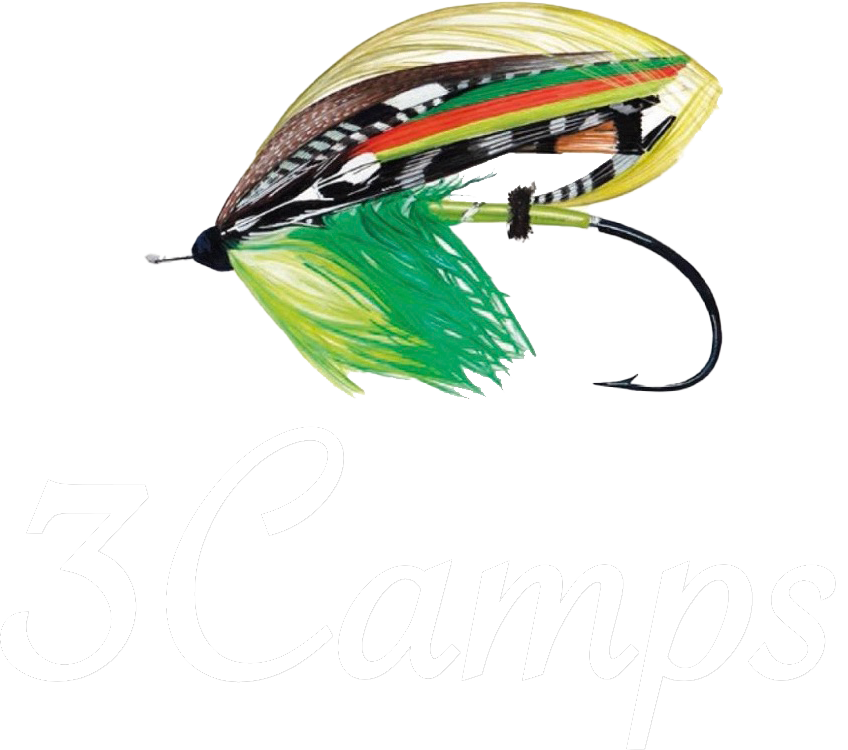The standard casts described in this book cover most practical fishing situations. Once you thoroughly understant the mechanical actions behind every cast, you will be able to come up with variations that you can use during other situations. In fact, before you even present your fly on a demanding stream, you should have a plan of action as to how you will let the fly search the water.

Henrik releasing a nice 25lb Grand Cascapedia salmon.
I have made it a habit to spend some time scanning the stream before I wet the fly and the same goes, of course, for a lake or coastal waters. I’d suggest that you do the same. Take a walk along the water and try to estimate depth and underwater structures. Make a mental note of places with a hard current and places where the current loses speed. Your observations, will give you an indication of holding areas and about what size and pattern of fly is best suited for the water. Then choose a line and leader to suit the pattern and size of the fly. Decide whether the line and leader need to be floating, intermediate, or sinking, but only after you know where the fly is going to be presented to the fish: near the surface, in midwater, or near the bottom.
Tight Lines,
Henrik Mortensen



